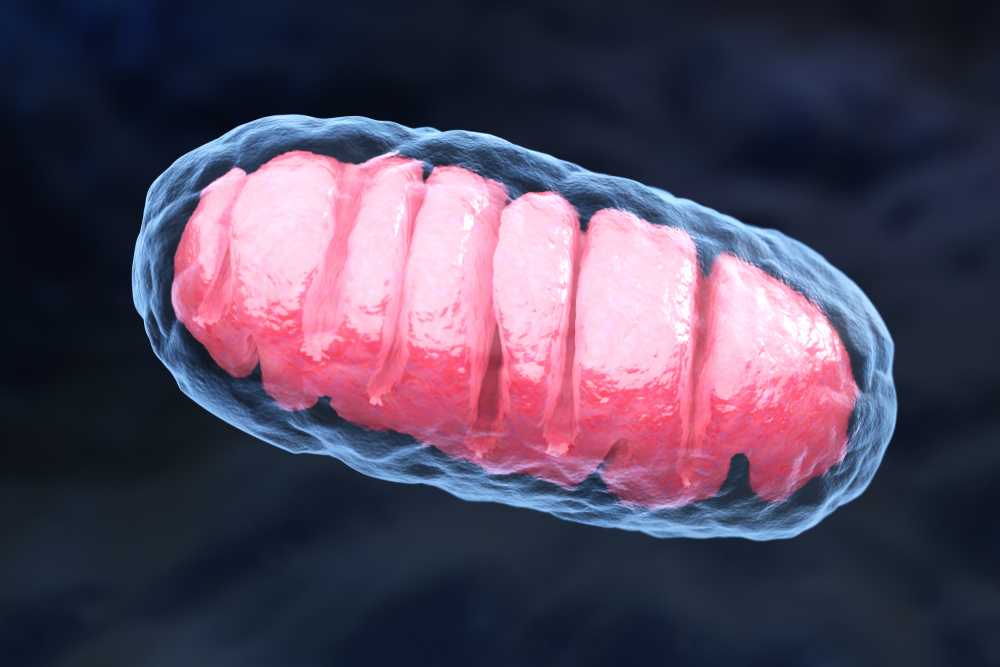Compound That Protects Mitochondria May Be Possible Therapy Candidate for Parkinson’s, Study Suggests

A small molecule that can protect the function of mitochondria — known as the powerhouses of cells — and prevent cell death can also prevent brain damage in a rodent stroke model, highlighting its potential as a possible therapeutic candidate for neurodegenerative disorders such as Parkinson’s disease, a study has found.
The results were published in an article, “A small molecule protects mitochondrial integrity by inhibiting mTOR activity,” in the Proceedings of the National Academy of Sciences.
Although the exact trigger for Parkinson’s disease remains to be identified, research indicates that its causative mechanism involves genetics, problems in the mitochondria, and oxidative stress — an imbalance between the production of harmful free radicals and the ability of cells to detoxify, which results in cellular damage.
Taken together, these molecular and cellular changes eventually lead to the death of dopamine-producing neurons, the type of nerve cell that is gradually lost in Parkinson’s disease.
Mitochondrial dysfunction can lead to many diseases including neurodegenerative ones. Damage in the cell’s powerhouse triggers a natural process inside the cell, known as apoptosis (or programmed cell death), with the ultimate goal of killing that same cell.
Using a lab model that mimicked the activation of damaged mitochondria-induced apoptosis, researchers at Tsinghua University, in China, were able to screen and identify compounds that could block cellular death by protecting mitochondrial integrity and function.
One small molecule, which scientists called compound R6, was found to block apoptosis by inhibiting the release of cytochrome c and protect both mitochondrial integrity and function.
Cytochrome c is a protein that is released by the mitochondria and initiates apoptosis following the reception of an apoptotic stimulus, functioning like a “go” signal for the cell to initiate its own destruction.
In addition to inhibiting the release of cytochrome c, Compound R6 also prevented apoptosis by inhibiting another major cellular signalling pathway, called mTOR. This induced the activation of autophagy, a process by which the cell removes unnecessary or dysfunctional components and, in contrast to apoptosis, does not result in cell death.
Scientists then tested Compound R6’s therapeutic potential in a rat model of stroke. A stroke occurs when a blood vessel that carries oxygen and nutrients to the brain is blocked by a clot or it bursts. As a result, the part of the brain that is irrigated by that vessel cannot get the blood (and oxygen) it needs, resulting in the death of nerve cells.
Compound R6 was able to cross the blood-brain barrier after being administered via an intraperitoneal (through the abdominal wall) injection. The blood-brain barrier is a semipermeable membrane that protects the brain against the external environment, and is a major barrier for the efficient delivery of certain therapeutics that need to reach the brain and central nervous system.
Animals that were given Compound R6 showed significantly less neuronal injury than rats without such pre-treatment after a stroke was induced in them. These neuroprotective effects were dose-dependent, with higher (25 mg/kg ) doses having a bigger protective effect than smaller ones (12.5 mg/kg).
“Given increasing appreciation that mitochondrial damage affects the etiology [cause] of several common and devastating neurodegenerative diseases, Compound R6’s ability to pass the blood-brain barrier and confer strong anti-apoptotic effects should encourage preclinical and medicinal chemistry research efforts, perhaps even extending (…) into evaluation of possible anti-aging effects,” the researchers wrote.
Compound R6’s molecular and cellular benefits make it a promising potential therapeutic candidate for age-related diseases, such as stroke and Parkinson’s, where mitochondrial damage plays a key role, the researchers said.
This is not the first time that they have found a molecule able to block cell death. Three years ago, they found a molecule, named Compound A, that could halt the death of dopamine-producing neurons by a different mechanism than that of R6, in a rat model of Parkinson’s disease.






